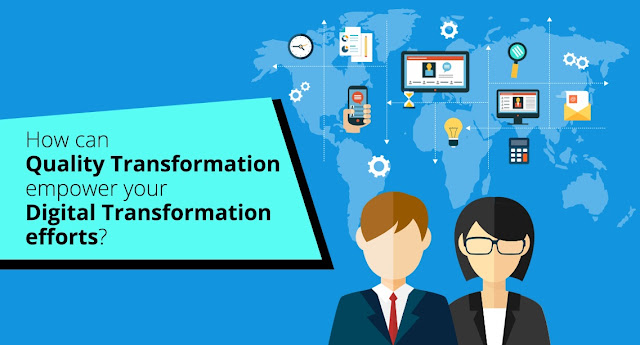Software Reliability is an important quotient for brand success. Why?
 | |
| Software Reliability Testing |
In today’s competitive digital
landscape where businesses want to grab the elusive pie of ‘customer
satisfaction’, it is software
reliability that ensures success. When customer centricity has become
the core around which software is designed, developed, tested and delivered,
companies have their tasks cut out. The need of the hour is to deliver an omni
channel experience to the customers by designing software that is compelling,
secure, and robust.
What does it
take to make customers happy?
The digital
transformation initiatives by businesses and entities have given
convenience, communication and speed a whole new meaning. It is ultimately the
software that lies at the core of such initiatives wherein complex tasks
involving many touchpoints and variables are performed at the twinkle of an
eye. In fact, software like Enterprise Resource Management and Customer
Relationship Management have redefined how businesses are managed. Also, the
advent of advanced technologies like AI, IoT and others has brought in
automation, rendering a whole new experience to the business and end customer.
Customers, on their part, have
got access to sundry software applications and device platforms to execute a
range of activities in a jiffy. The activities include paying for utility
services, booking cabs, seats in a restaurant or theatre, and making online
purchases among others. Now, since the market is flush with a host of software
belonging to every possible domain, customers have a problem of plenty. Given
the changing market dynamics, the quest for businesses is to ensure software
reliability. In other words, the software should display the following
attributes for customers to take note of and possibly stay with.
Robustness: The software should be able to function on a
range of devices, operating systems, browsers, and networks without any glitch.
Scalable: It is a subset of robustness wherein software
should be able to function seamlessly even when the number of users at a given
point of time increases. To ensure the same, the workflow of developing the
software should be integrated with a robust software quality testing process,
in the Agile-DevOps model.
Security: Arguably the biggest challenge for software
quality assurance services is to ensure all vulnerabilities and gaps are duly
plugged. Moreover, the security testing aspect should not be a onetime
validation process but a continuous one throughout the SDLC. In fact, security
should be developed into a culture to be followed across departments in an
organization. Thus, if DevOps is about enhancing the quality of software during
and beyond the SDLC, DevSecOps is also about incorporating security into the
entire scheme of things. Since software stores critical business and personal
information, customers should not get at the wrong end of the stick as far as
security is concerned. The software testing services should conduct penetration testing
exercise to identify and plug security related vulnerabilities.
Rich
features: The software
should be engaging enough for the customers to take notice. It should come with
easy to use interfaces, attractive graphics, visible icons etc. For example, an
eCommerce application should have an easy to view product catalog, rich images,
and an easy checkout option. To ensure customer centricity, software quality
assurance services should provide for the seamless functioning of every
feature.
Easy loading:
With an increase in mobile
penetration and the availability of numerous applications, the attention span
of customers has reduced considerably. Software developers and testers have to
achieve a fine balance between reducing the size of an application for faster
loading and enhancing its features to create the initial connect. In a digital
landscape of reducing attention span, the use of software can only increase if
it loads and operates fast.
How does the
lack of software reliability testing impact a brand?
Should a software application
fail in eliminating the glitches by not adhering to software quality testing,
the consequences can be telling on the brand.
- A bad customer experience can lead customers to stop using the software. This can have a direct impact on the ROI unless remedial measures are undertaken by updating its version.
- A compromised software can lead to the theft of critical business or customer data. This can leave customers dissatisfied and angry leading to the filing of lawsuits.
- Regulatory agencies can come down hard on such brands by imposing stiff penalties.
Conclusion
As the imprint of software
applications increases, businesses can gain customer approval only when the
software stands firm on the crucible of reliability, security, user
friendliness, and convenience. Unless customer centricity is made the focus of
software development, brands will continue to do the catching up – for customer
approbation.
Check out
this White Paper to know about Strategies,
Challenges, & Outcomes in Digital Assurance & Testing


Comments
Post a Comment